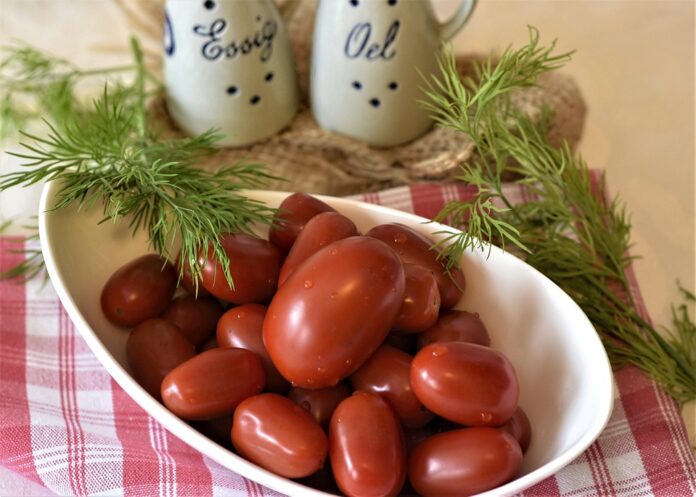The Traditional vs Modern Methods of Vinegar Production
Vinegar is a versatile condiment that has been used for centuries in various culinary and medicinal applications. It is commonly made through the fermentation of alcohol, typically from fruits or grains, into acetic acid. Over time, the methods of vinegar production have evolved, with traditional methods giving way to more modern techniques. In this report, we will compare and contrast the traditional vs modern methods of vinegar production, examining the processes, benefits, and challenges associated with each.
Traditional Methods of Vinegar Production
Historically, vinegar was produced through a slow and natural fermentation process that relied on the presence of acetic acid bacteria. In traditional methods, fruits such as apples or grapes were crushed and combined with water and sugar to create a fermentable solution. This solution was then left to ferment in wooden barrels or clay pots, allowing the natural bacteria in the environment to convert the alcohol into acetic acid over several weeks or months.
One of the key benefits of traditional vinegar production is the depth of flavor and complexity that can be achieved through the slow fermentation process. The use of wooden barrels or clay pots also imparts unique characteristics to the vinegar, adding to its overall quality and taste. However, traditional methods are often labor-intensive and time-consuming, requiring careful monitoring and maintenance of the fermentation process.
Modern Methods of Vinegar Production
In contrast, modern methods of vinegar production have been developed to streamline the process and increase efficiency. One of the most common modern techniques involves the use of submerged fermentation tanks, where the alcohol solution is continuously circulated and aerated to promote faster fermentation. This method allows for greater control over the fermentation process and can significantly reduce the production time of vinegar.
Another modern method of vinegar production involves the use of synthetic acetic acid, which is added to the alcohol solution to speed up the fermentation process. While this approach can produce vinegar more quickly and consistently, some argue that the use of synthetic additives can compromise the quality and flavor of the final product.
Comparison and Industry Insights
When comparing traditional vs modern methods of vinegar production, it is clear that each approach has its own advantages and drawbacks. Traditional methods offer a more artisanal and authentic product, with unique flavors and characteristics that are highly prized by connoisseurs. However, these methods are often less cost-effective and require more time and resources to produce.
On the other hand, modern methods of vinegar production are more efficient and scalable, allowing for larger volumes of vinegar to be produced in a shorter amount of time. This can be beneficial for commercial producers looking to meet high demand and maximize profits. However, the use of synthetic additives in modern methods can raise concerns about the quality and authenticity of the final product.
In the vinegar industry, both traditional and modern methods coexist, with some producers opting to combine elements of both approaches to create unique and high-quality products. Ultimately, the choice between traditional vs modern methods of vinegar production depends on the goals and priorities of each producer, whether it be to prioritize flavor and authenticity or efficiency and scalability.
In conclusion, the traditional vs modern methods of vinegar production each have their own strengths and weaknesses, catering to different consumer preferences and market demands. As the vinegar industry continues to evolve, it is likely that producers will continue to innovate and experiment with new techniques to meet the changing needs of consumers. Whether traditional or modern, the production of vinegar remains a fascinating and essential part of culinary culture worldwide.


